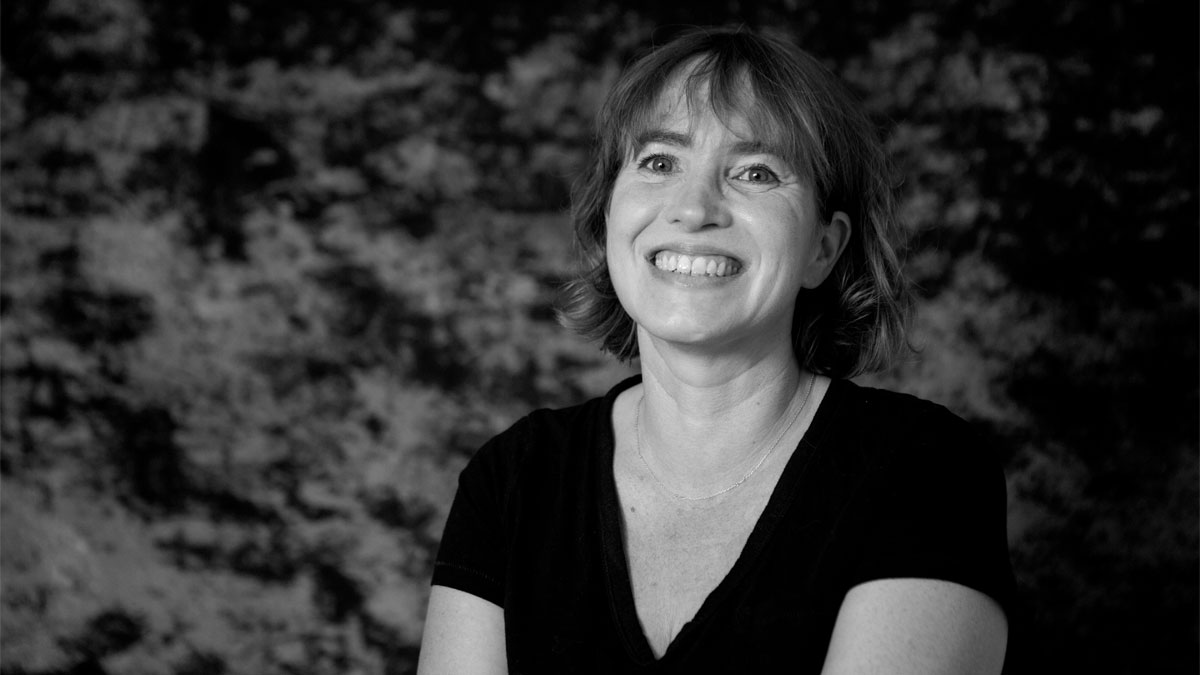At a time when many researchers were sceptical about the benefits of studying child and adolescent remains, Professor Mary Lewis was pioneering the field.
Her work has unearthed fundamental information about puberty and the lives of teenagers going back thousands of years, and her investigation of menarche (a girl's first period) is a firm step towards better understanding women's health – a topic that remains under-researched even in the twenty-first century.
It's a popular area of study now, but Mary still remembers when archaeologists avoided studying child skeletal remains. Even when studying childhood health, many researchers would use adult remains. Mary suspects this is because the osteology is more difficult, and because of a misconception that children's remains don't survive well in the ground – that they're weaker, more porous, and won't show any diseases.
But when she began studying the remains, Mary found the opposite to be true.
"We can age children much more accurately than we can adults. They preserve very well. They often show evidence for disease better than the adults. Children give you the most direct information about what it was like to be a child."
A blueprint for puberty
Mary's most exciting accomplishment to date came when she began looking at adolescent remains and developed a method for studying puberty that provides a much better understanding of human maturation.
Prior to this work, a lot of what the world knew about puberty came from the post-medieval period in the 17th and 18th centuries, when data about puberty started to be collected. It's also a time when poor environmental conditions were likely to have delayed puberty a great deal.
What Mary has found is that children today are entering puberty at the same time children did in the late medieval period, between the 10th and 16th centuries.
This is important, because as the age for menarche has got younger in modern times, people have worried that it's happening too early. Instead, the medieval research is telling us that 10 to 13 is the right time to start puberty, and what happened during the post-medieval period was not normal. The archaeology, with Mary's new method, is giving us the opportunity to look at puberty before there are any records.
"I think what we're going to find is that there is a genetic blueprint for puberty. But when you start puberty, when you have your first period, and when you finish puberty, is all related to the environment that you're living in, the work you're doing, how much stress you're under, how much violence you're exposed to – all of these things have an effect."
Research that feeds into teaching
Mary's method has been adopted in master's programmes across Europe, and she's currently working with some of Reading's postgraduate students to expand the research.
For example, Sascha Valme (PhD in Bioarchaeology) is looking at post-medieval adolescent health, including puberty, and Candace McGovern (PhD Roman Bioarchaeology) is exploring Roman puberty within the female life course.
"Much of the previous work on Roman women, particularly adolescent girls, rests on texts that were written by and for a male audience. Using osteological methods to determine important aspects of women's life course, such as when they entered puberty or their ability to endure childbirth, allows for a unique and unbiased view of these underrepresented women and girls."
Candace McGovern – PhD Roman Bioarchaeology
Mary engages students in primary research whenever possible, and encourages this through the University's placement scheme, Reading Internship Scheme (RIS), as well as through final-year dissertations.
